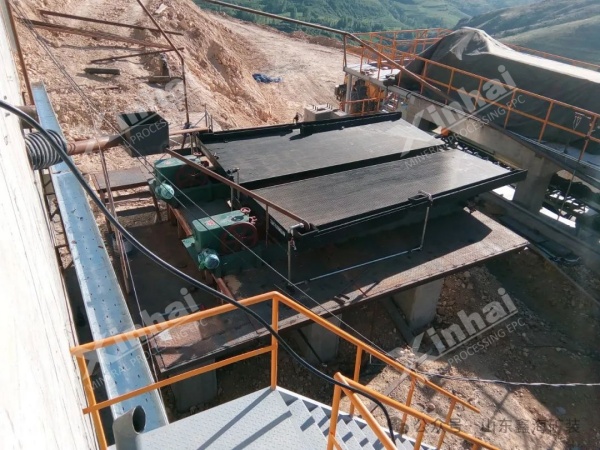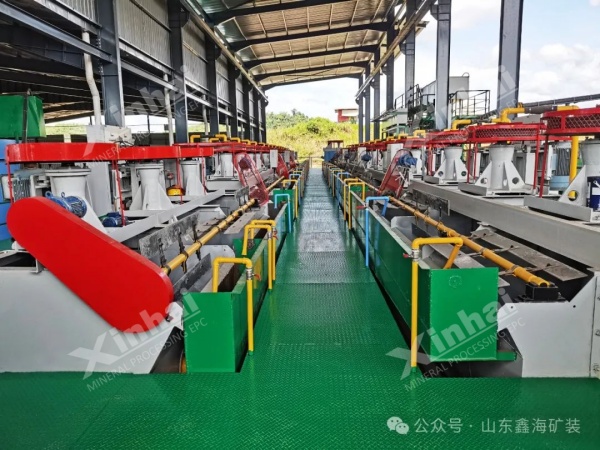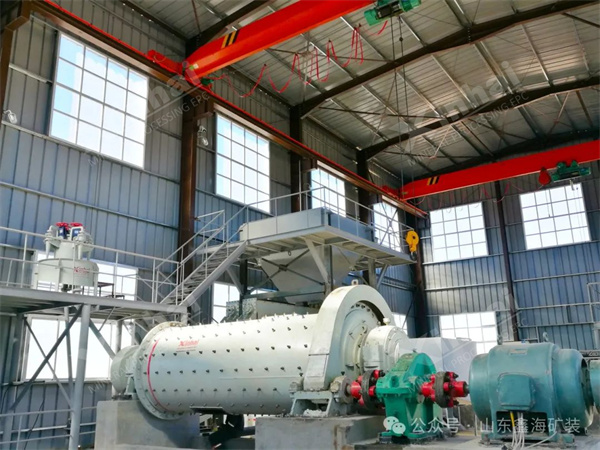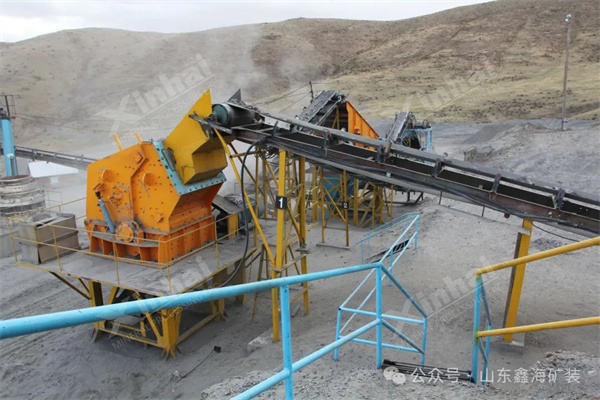Oxidized gold ore refers to gold-bearing ore in the surface or near-surface oxidation zone, which is formed by oxidation reaction when the ore is exposed to oxygen or other oxidants. Due to its complex nature, the beneficiation process needs to be optimized in combination with the specific mineral composition. Common beneficiation methods include gravity separation, flotation, cyanidation and heap leaching, or a combination of multiple methods to improve gold recovery.

Gravity separation is a physical separation method that uses the difference in mineral density to separate minerals. It is often used for the pretreatment of oxidized gold ores. After crushing and grinding, the ore is separated by equipment such as a shaker, jig or centrifugal concentrator to obtain a gold-rich concentrate. Gravity separation has the advantages of low cost and simple process, but has high requirements for ore grade and particle size. It is a common and efficient process for processing oxidized gold ores.

Flotation is a mineral separation method that uses the differences in physical and chemical properties of mineral surfaces to separate minerals. Oxidized gold ores usually have poor flotation effects due to the lack of carriers for gold particle flotation.

Cyanidation is a common method for extracting oxidized gold ores, and is particularly suitable for fine-grained, high-grade oxidized gold ores. After the ore is ground, it is mixed with a cyanide solution (such as sodium cyanide) under alkaline conditions, where the gold is dissolved into gold cyanide through a leaching reaction. Subsequently, the dissolved gold is recovered by activated carbon adsorption or zinc precipitation. The cyanidation method has a high recovery rate and can extract fine gold particles, but cyanide is a toxic substance, and safety measures and environmental controls must be strictly implemented to ensure the safe handling and disposal of the cyanide solution. This method is widely used in the mining of small and medium-sized oxidized gold ores.
Heap leaching is a gold extraction process commonly used to treat low-grade oxidized gold ores. The basic process includes heap building, drip (spray) leaching, precious liquid collection and gold recovery.

The ore is first crushed and screened to a particle size of -10mm to -20mm, and then piled on a heap leaching field with an impermeable membrane. Layered or sloped heaps are used to ensure that the ore pile has good permeability so that the leaching solution can penetrate evenly and fully contact the gold ore. Subsequently, the ore pile is sprayed with cyanide solution or dilute sulfuric acid, and the gold is dissolved and penetrated to the bottom of the ore pile by the leaching solution. The gold-containing solution is collected by the liquid collection system, and then the gold is extracted from the solution by activated carbon adsorption, and then the gold is recovered by desorption and electrolysis.
The heap leaching method has the advantages of low investment, simple operation, and strong adaptability. It is especially suitable for large-scale extraction of low-grade gold ores, but the ore particle size is too fine, which may affect the leaching efficiency.
The oxidized gold beneficiation process needs to select a suitable extraction method according to the specific characteristics of the ore. The choice of beneficiation method is influenced by the mineralogical characteristics of the ore, the gold grade, the available equipment and technology, and also factors such as economic feasibility. In actual operation, in order to improve the recovery of gold, beneficiation tests are required to cope with the characteristics of different ores and optimize the overall recovery rate.